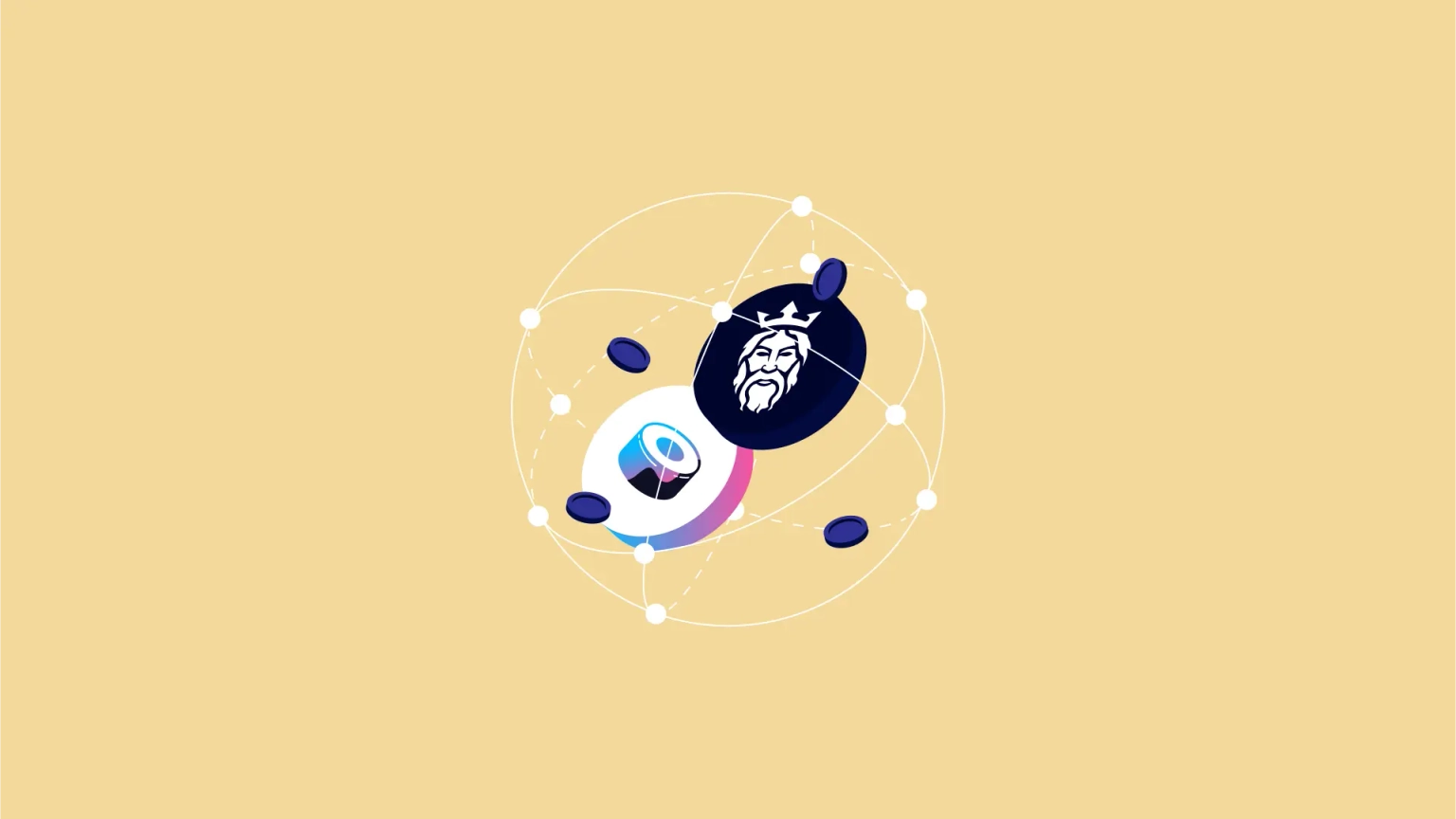
Collaboration between Neptune Mutual and SushiSwap
Explore Neptune Mutual's ongoing collaboration with SushiSwap offering several benefits.
Youtube Video
Playing the video that you've selected below in an iframe

An article exploring the recent Appchain framework launch by Starknet and its benefits
EthCC 2023 brought together some of the finest minds in the Ethereum ecosystem. The Paris-based event had more than 350 speakers and 5,000 attendees, all passionate about building on the Ethereum ecosystem and driving DeFi adoption. One of the companies in attendance was Starknet, which announced its Appchains framework launch at the event.
The Starknet Appchain aims to make it even easier for developers to build on Starknet, but what is an Appchain, and what makes Starknet's offering special? Let’s find out from this comprehensive blog.
Starknet is a decentralized layer 2 network on Ethereum that works with the ZK rollup scaling mechanism. It offers dApps with ultra-high throughput by moving transactions and computations off-chain, low gas fees, and maintains Ethereum layer 1’s security.
There's been a wide growth in the number of Layer 2 networks on Ethereum in recent years. But Starknet stands out for having an active ecosystem with a huge variety of Web3 applications, games, and other projects building on it.
Appchain, or application-specific blockchain, is a blockchain used for a specific purpose. The working of Appchains is just like any other blockchain. But instead of performing several activities, Appchains are tailored for specific uses. As a blockchain is optimized for certain applications, developers using the chain can achieve better performance and efficiency.
Starknet already has some large-scale projects operating on its Layer 2. For example, dYdX and Sorare both use StarkEx, StarkWare's SaaS solution, to power their platforms. However, these developers need assurance that their applications will have good throughput and won't be impacted by other activities on the chain.
With the launch of Starknet’s Appchains, developers now have a way to build their own custom instance of Starknet for their dApps. Because the app is running on a separate instance, developers and users benefit from more reliable throughput and can take advantage of other features of Appchains, such as the ability to implement new features that aren't available on Starknet's mainnet. In essence, developers have the ability to fine-tune the Starknet Stack along with the Appchain framework to suit their purposes.
The team explains, "Starknet Appchains are the bespoke environment where applications can tailor an instance of Starknet to achieve better control over the specs, lower cost, greater scale, and opt-in privacy."
Starknet places a lot of importance on decentralization and diversity. CEO Diego Olivia notes: "A decentralized stack makes the network more secure, resilient, transparent, scalable, and innovative. No single point of failure, no dependency on a single entity, no black boxes, and many more builders!"
Appchains help developers ensure a reliable and high-performance experience for their users. Rather than being limited by the constraints of the Starknet mainnet, developers can customize their environments to suit their projects.
Users get a smoother experience in terms of transaction rate compared to a public chain. Also, because the developers can put together a cohesive app chain including everything from fiat on-ramps to wallets, it gives users a more intuitive way to interact with the application from start to finish.
Layer 2s in general went a long way towards removing one of the biggest issues with cryptocurrency transactions. High fees and failed transactions were a serious problem for Ethereum a few years ago, when CryptoKitties brought the network to its knees. Even now that many Layer 2s are available to bundle transactions, there are still periods of high congestion on the base layer. Fortunately, if developers do a good job of onboarding their new users, they can bypass the base layer, giving newcomers a frictionless and smooth introduction to everything DeFi has to offer through apps built on Appchains.
At first glance, Appchains may sound a lot like libraries that developers can pull from when building DeFi applications. There are certainly some similarities, but there are also some key differences. With traditional DeFi development, dApps run on the same chain, or Layer 2 implementation. If there's congestion on the chain, the user experience is impaired for everyone.
The key feature of Appchains is their application-specific nature. Each dApp can run its own implementation from top to bottom, delivering a robust experience for its users without locking those users out of interacting with other dApps. It's the best of both worlds for developers and users.
The Starknet Stack currently has several components:
These are the core tools that are required to get started with Starknet. StarkWare itself offers versions of each of these tools, but there are also community-led versions and ones developed by other companies or independent developers.
In addition to the above core components of the stack, there are other components that developers may find useful additions to their Appchain, such as:
Starknet is eager to see as many projects as possible get involved with the ecosystem. They noted that "the need for Appchains has been apparent for several years and is now getting renewed attention".
One of the recurring themes at EthCC 2023 was the sentiment of the speakers that it's time to start building. The conference saw mentions of NFTs, AI, Web3 games, and dApps of all kinds, from supply chain logistics to finance. Every project had its own idea and innovation that could empower the capabilities of Ethereum as well as bring the developers's vision to life.
For example, Chainlink introduced CCIP in their network, enabling seamless connections among chains of different networks. Ethereum founder Vitalik Buterin himself talked about the adoption of account abstraction (AA) and how it could be the key to attracting the upcoming generation of users to Web3.
Appchains helps developers get their apps up and running quickly, whether that's as a prototype or as a large-scale, live application. We're looking forward to seeing how developers utilize Appchains along with the available resources provided by Starknet.
Whether you want to build your project on the Ethereum mainnet or other Layer 2 networks like Starknet, security is a crucial aspect to keep in mind. Though Ethereum provides robust security, we can't be sure it is immune to the hacks and exploits in DeFi. That's why, at Neptune Mutual, we provide coverage for your users' funds. We are currently available on Ethereum, Arbitrum, and the BNB Smart Chain.
Reach out to us if you want to create a cover pool in our marketplace to protect your community. Connect with us on Twitter (X), Discord, and Telegram to get the latest updates on DeFi, blockchain security, and the Neptune Mutual ecosystem.